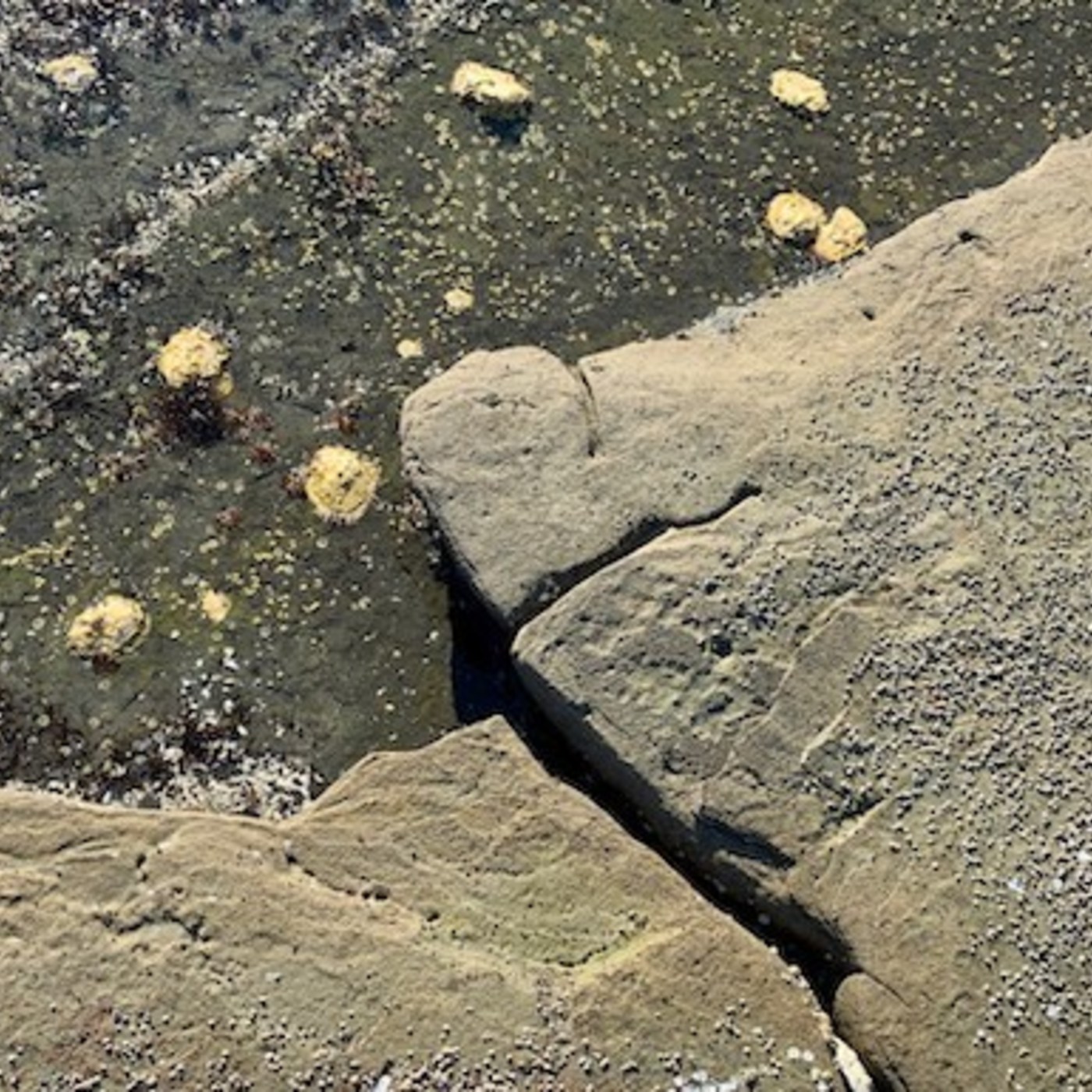
Deconstructing Sensory Experience, with Michael Taft
 2019-09-24
2019-09-24
In this episode, host Michael Taft shares a map of deconstructing sensory experience. This is intended to help orient you to your vipassana meditation practice; helping you to understand where you’re at, where you’re going, and what to look for next. A basic map of vipassana.
Note: this is only a map, only a model. Just like a menu is not food, this model is not claiming to be reality. It’s just a handy way to help you orient your practice.
This model doesn’t count for nondual meditations, high-concentration/jhana practice, etc. It is only to help you with your vipassana practice.
Very important: the inclusion of “Cessation” as level 5 doesn’t mean that level 5 is the final goal of practice. It’s just something that can happen, and is included for the sake of completeness.
These are not discrete or digital stages. They are analog, and shade into one another. Each stage is desirable and useful for various things. No stage is somehow better than another.
In vipassana practice, however, we are usually attempting to tranverse the stack from stage one to stage four. Stage five may or may not be something that happens.
When our practice is very skilled, we can also tranverse the stack from bottom to top (4 -> 1) and do what we might call “nondual vipassana” or something akin to many Mahamudra practices.
Summary of Stages
Stage 1 - Conceptual - Thinking about sensory experience objects using words.
Stage 2 - Phenomenal Object - Contacting the phenomenology of sensory experiences in the form of objects.
Stage 3 - Flow / Change - Contacting the phenomenology of sensory experiences as vibration, waves, or change.
Stage 4 - Pure Awareness - Noticing awareness itself with no content.
Stage 5 - Cessation - Sudden collapse of awareness.
Support the Deconstructing Yourself podcast via Patreon.
See Privacy Policy at https://art19.com/privacy and California Privacy Notice at https://art19.com/privacy#do-not-sell-my-info.
More Episodes
 2024-10-07
2024-10-07
 2024-07-24
2024-07-24
 2024-07-09
2024-07-09
 2024-06-25
2024-06-25
 2024-03-06
2024-03-06
 2024-01-22
2024-01-22
 2023-12-31
2023-12-31
 2023-12-02
2023-12-02
 2023-10-30
2023-10-30
 2023-08-23
2023-08-23
 2023-07-13
2023-07-13
 2023-02-14
2023-02-14
Create your
podcast in
minutes
- Full-featured podcast site
- Unlimited storage and bandwidth
- Comprehensive podcast stats
- Distribute to Apple Podcasts, Spotify, and more
- Make money with your podcast
It is Free
- Privacy Policy
- Cookie Policy
- Terms of Use
- Consent Preferences
- Copyright © 2015-2024 Podbean.com





